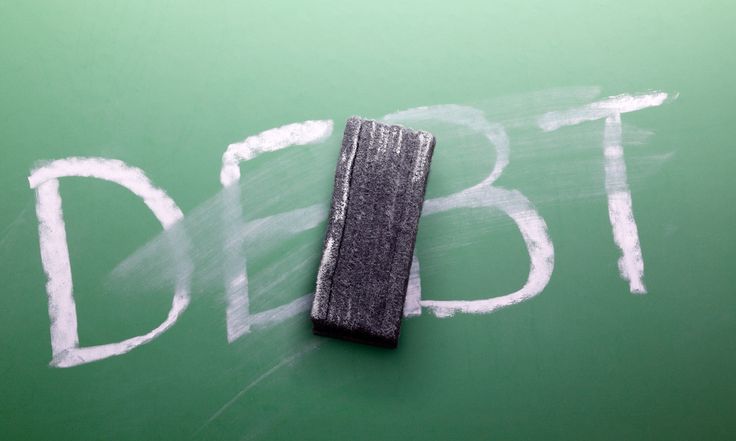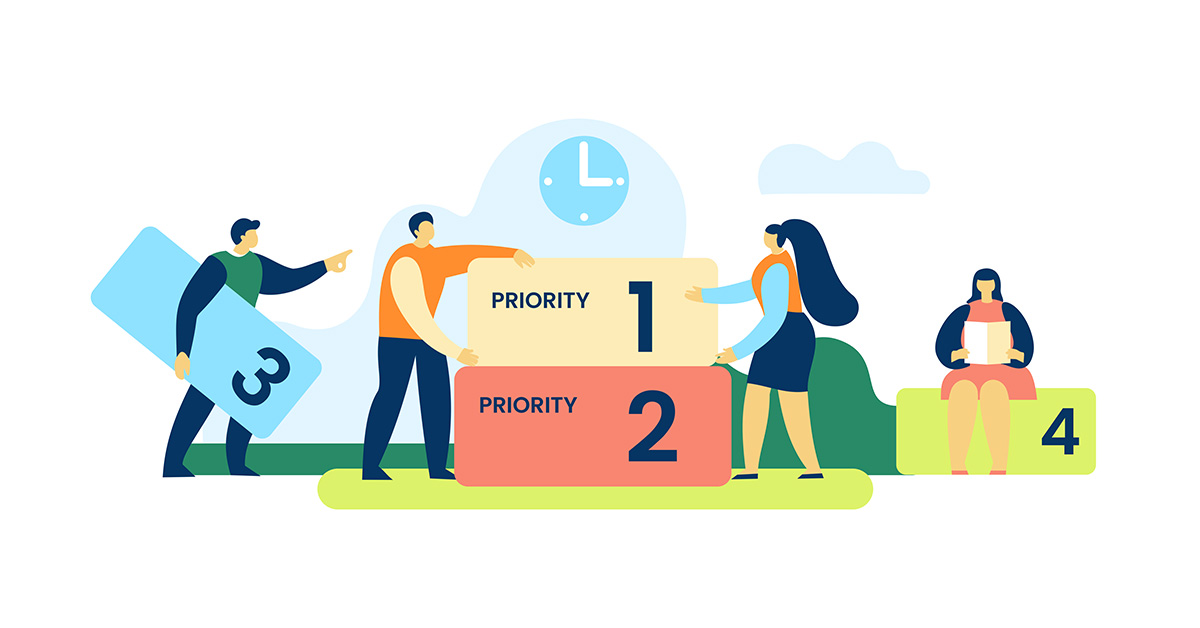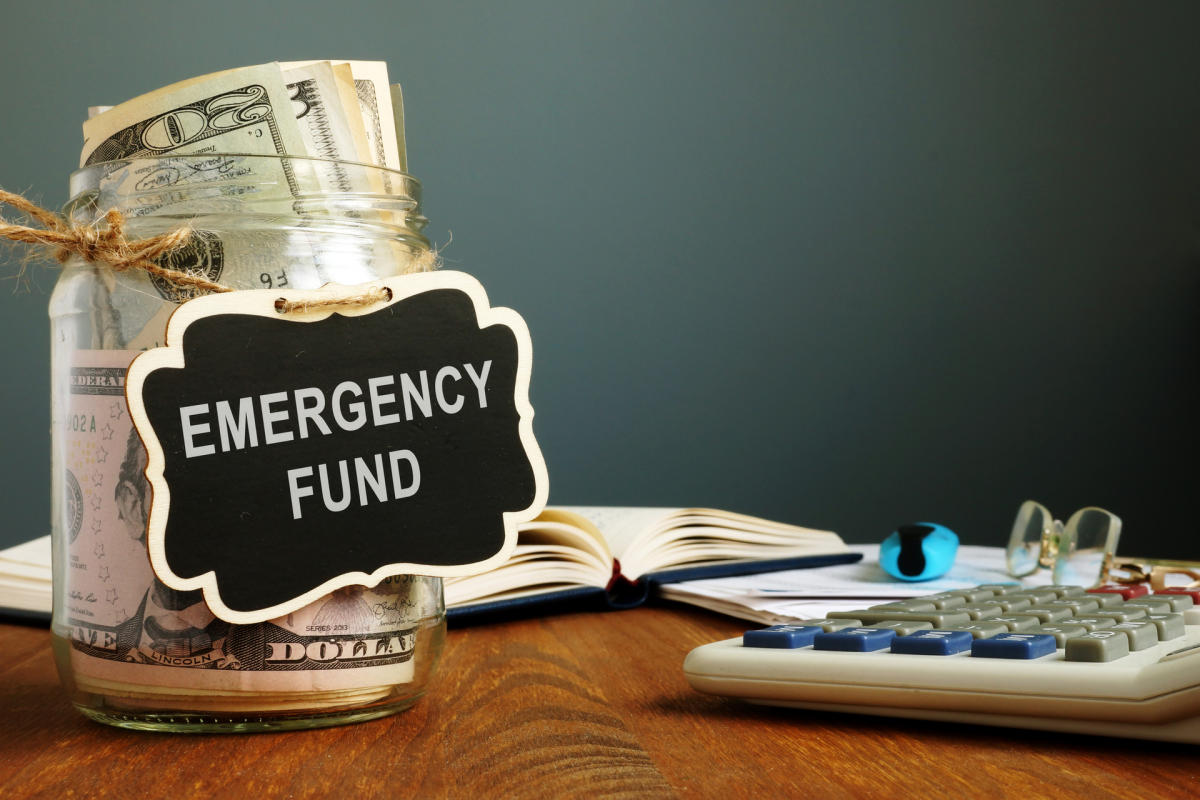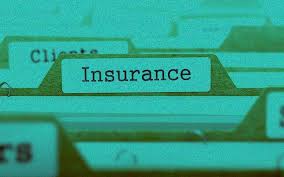
Geometry can sometimes be complex, particularly in figuring out how to balance, save, invest, and pay off debts. In this case, it is necessary to maintain the balance between meeting short-term financial goals and having long-term revenues. This way, you get to know how much you save and how many debts you pay, hence maintaining a good position of getting saved tomorrow without struggling to pay debts.
Assess Your Financial Situation
But to decide what should be done to save Money and pay off the debts, one must first see how everything stands. It would help if you began by writing down the debts, interest rates, and how much one pays monthly. Next, assess the savings objectives you wish to achieve, be it a rainy Day fund, home deposit, or even retirement. Categorizing your debts and understanding your employees' and members' savings requirements will go a long way in enabling an adequate prioritization process.
Create a Budget That Prioritizes Both

Therefore, developing a budget is equally essential for saving and debt elimination. Put to pocket a part of your earnings for basic needs, which may include rent, electricity bills, or food. Next, it is possible to say how much one wants to save and pay for debts per month. One of the most often used ratios is 50/30/20, where most of your earnings (50%) should go to basic needs, 30% to wants, and 20% to savings and debts. So, it is possible to progress consistently in both directions, depending on the circumstances.
Focus on High-Interest Debt First
A practical method of handling debts that almost everyone knows about but only some follow is the paid-off strategy of aiming at debts with higher interest rates. Credit card debt is another kind that comes with high charges and builds up quickly. The good thing about paying off the high-interest demands first is that it cuts the overall interest charges you will have made. Instead of reducing regular commitments to other debts to the bare minimum, make it a point to pay back high-interest debt while saving a small portion to help build up an emergency fund.
Build an Emergency Fund Alongside Debt Repayment

However, one must also remember that managing an emergency fund is as essential as paying off debt. Emergencies like the car breaking down or a family member getting sick will set you out of the financial plan. It is advisable to have an emergency fund of at least three- to six months of living expenses at any given period. This might apply even if you are keen on repaying debt; saving some Money from your income is wise. If you have an emergency fund, you would not be forced to borrow Money using credit cards or take out loans in emergencies, which would only add more debt.
Reevaluate and Adjust as Needed
However, saving and paying off debt is not a one-time settlement; one must continually review and rebalance. It would help if you remembered to take the time to look at your financial position and make certain adjustments when needed. As you get a promotion or pay some debts, you may be able to save more Money. Similarly, if your financial status changes, for example, if you experience high expenditures, you will have to default the payments. What can I do? The best thing is to remain very dynamic and flexible and always take time to review your financial plan.
Conclusion
An excellent example of how to strike the right balance to have enough Money for rainy days and discharge the debts on time can work for a successful, steady financial strategy in the future. To begin with, let's evaluate your financial condition and set a realistic budget with which you will manage to pay attention to both things. High-interest debt should be the priority while gradually establishing emergency savings. Please set up a strategy or timeline to evaluate how things are going and change it to suit the current situation. You can cut the stress and work towards your goals by moving to an approach that sits comfortably between saving and paying off a debt.





